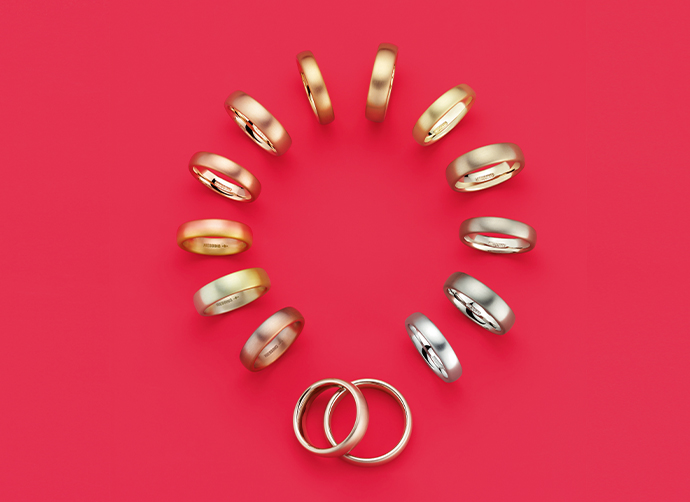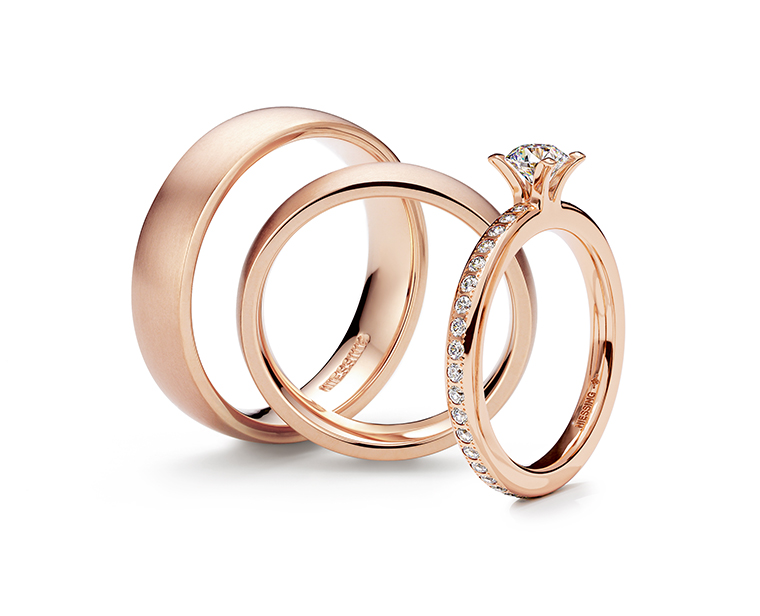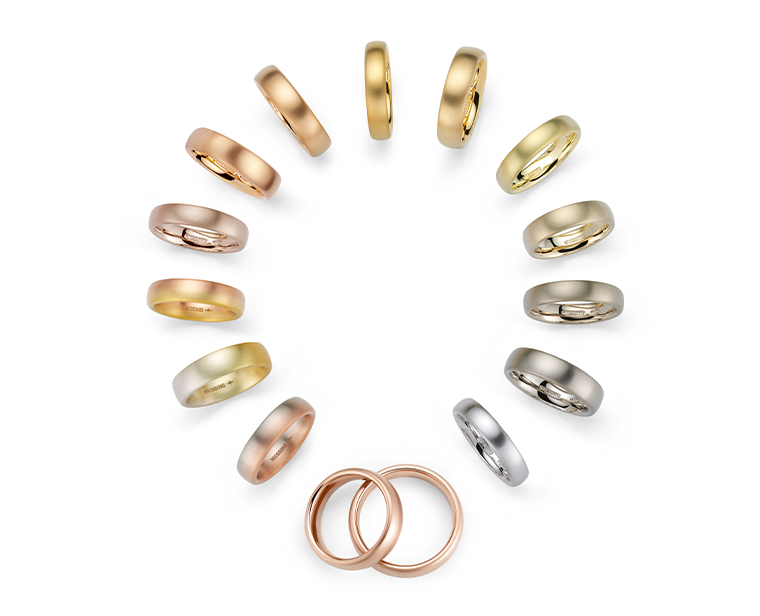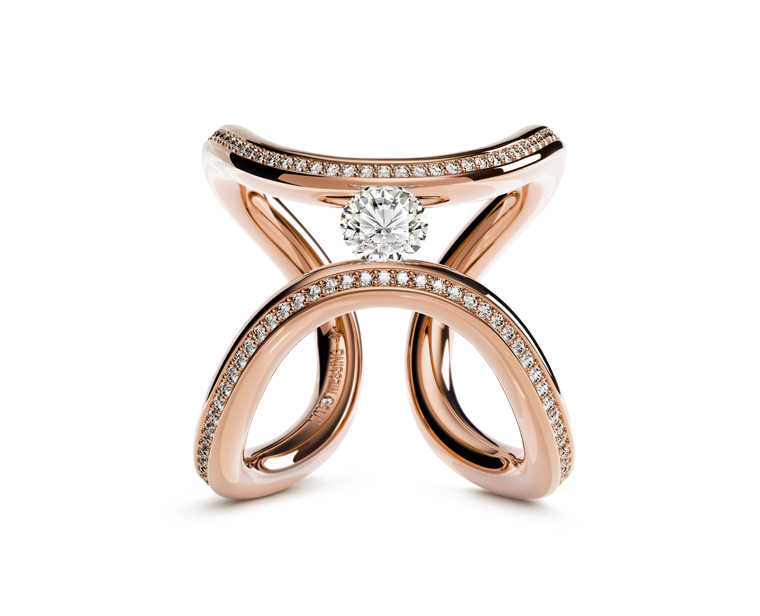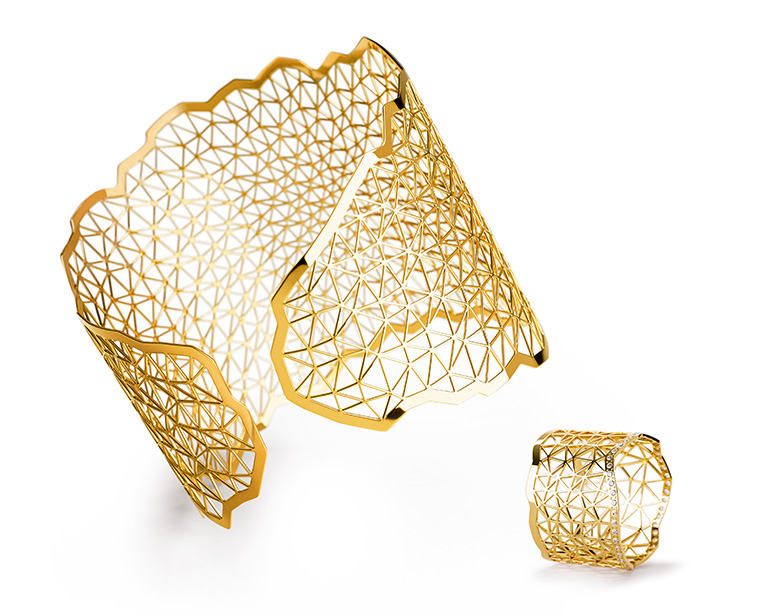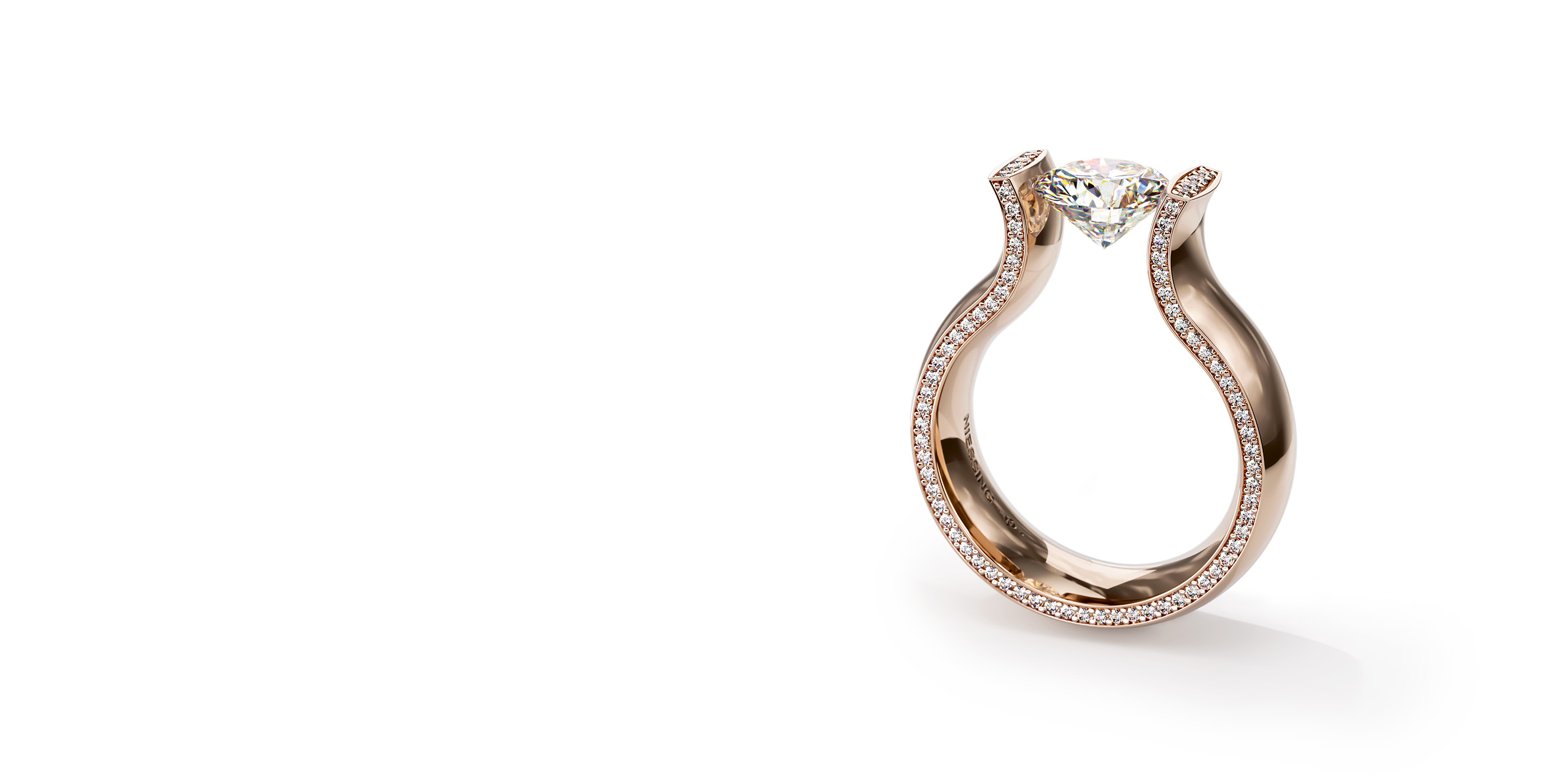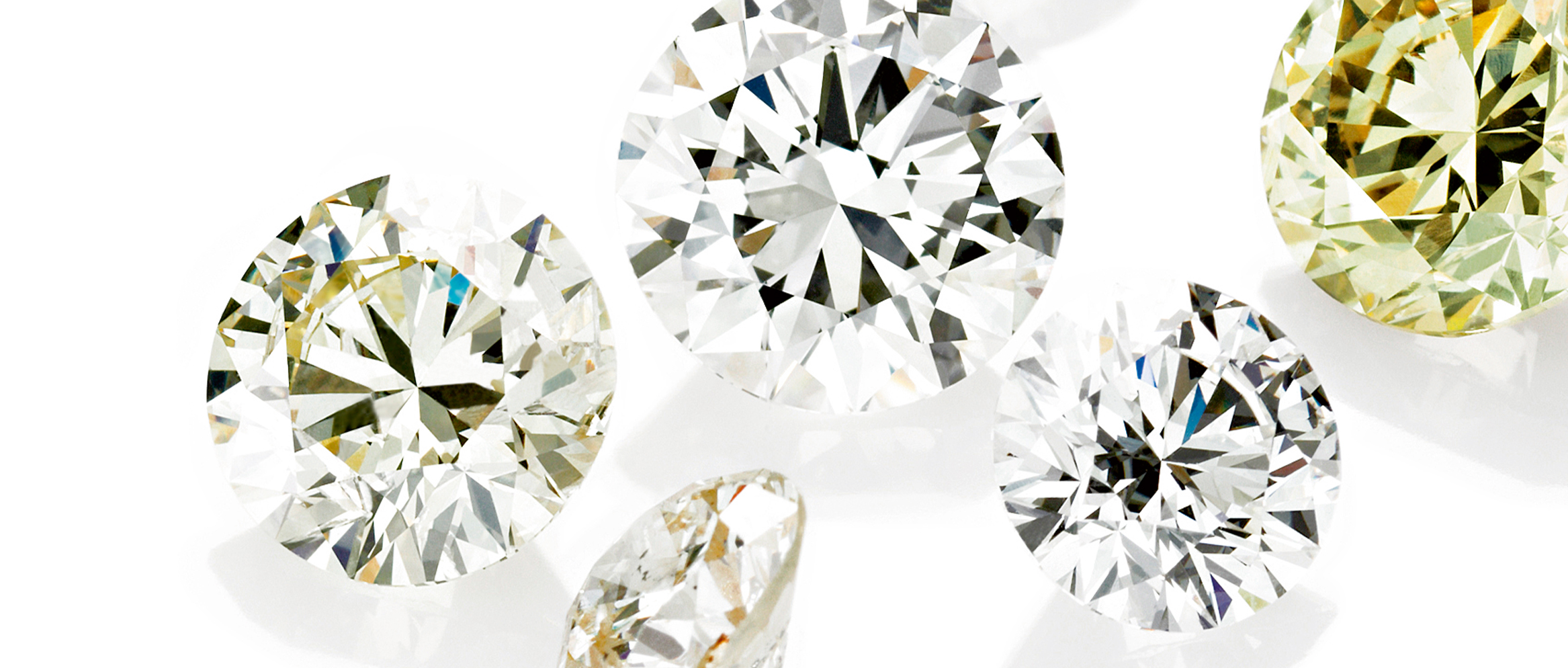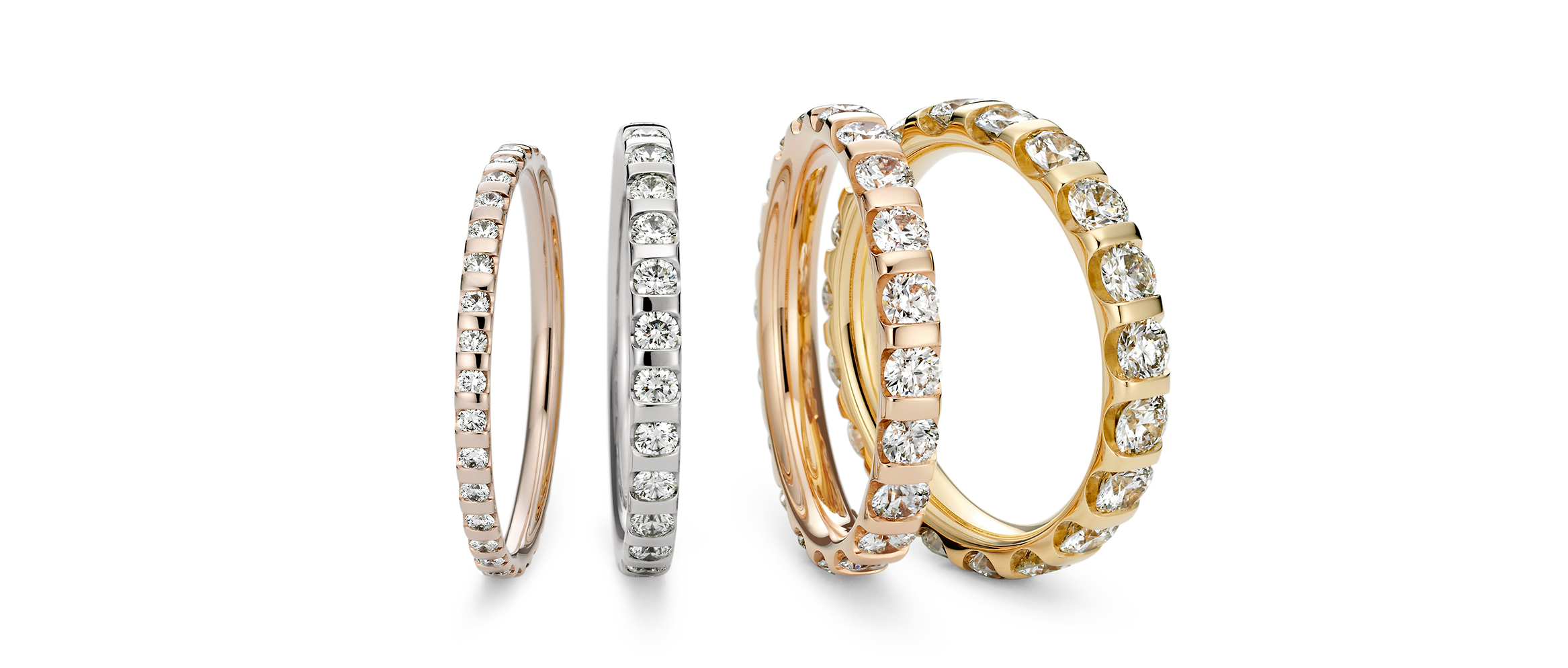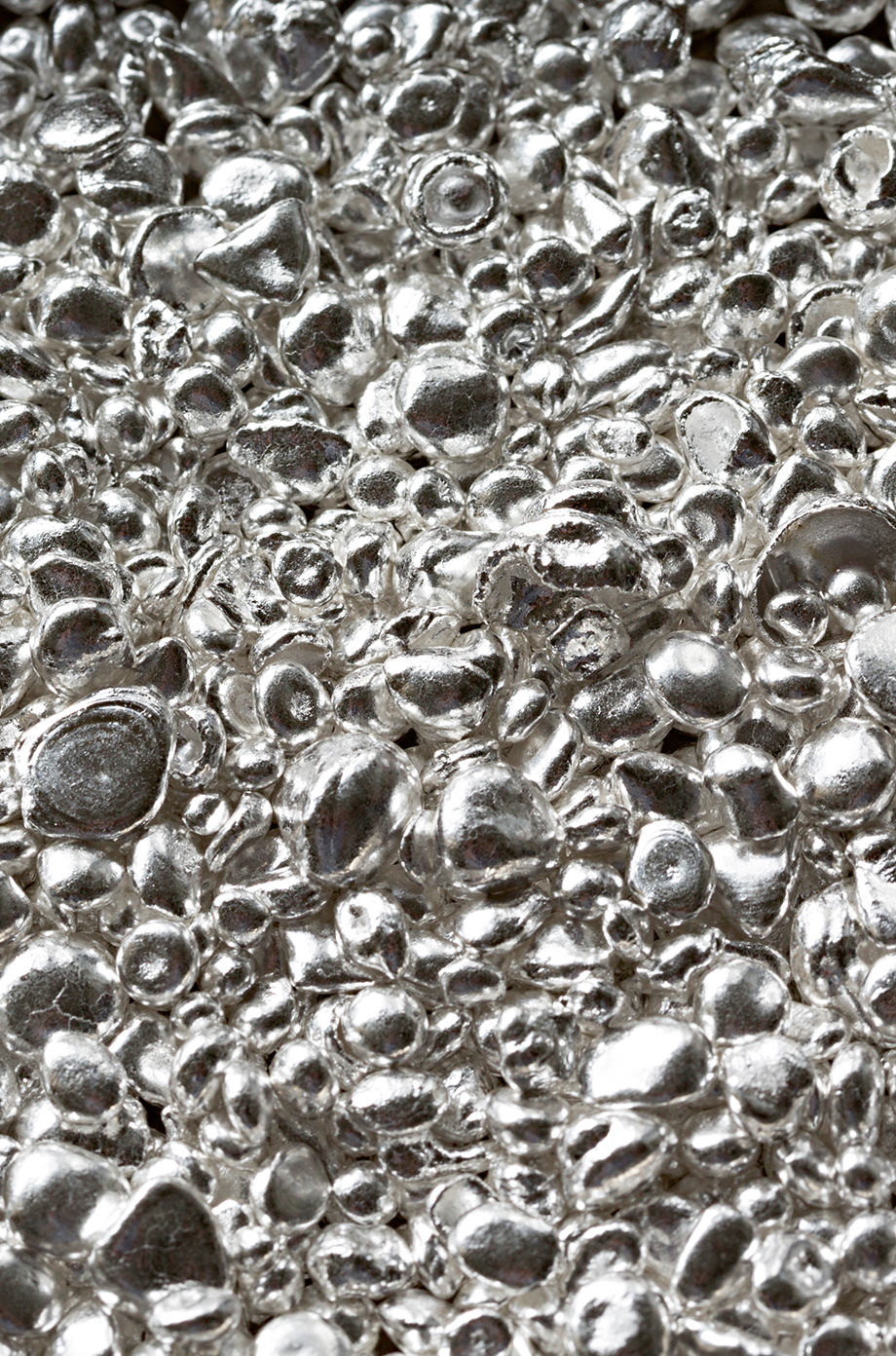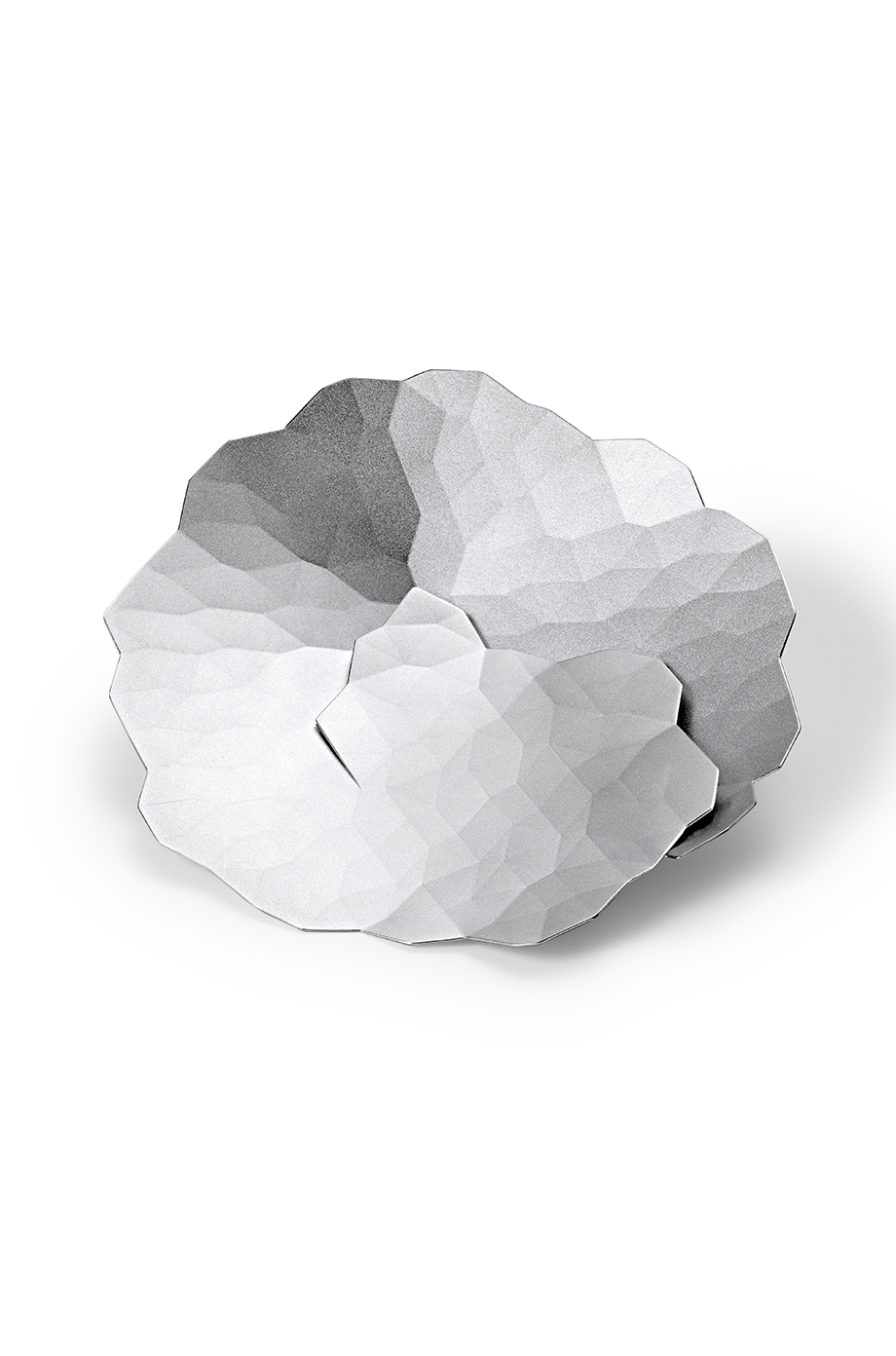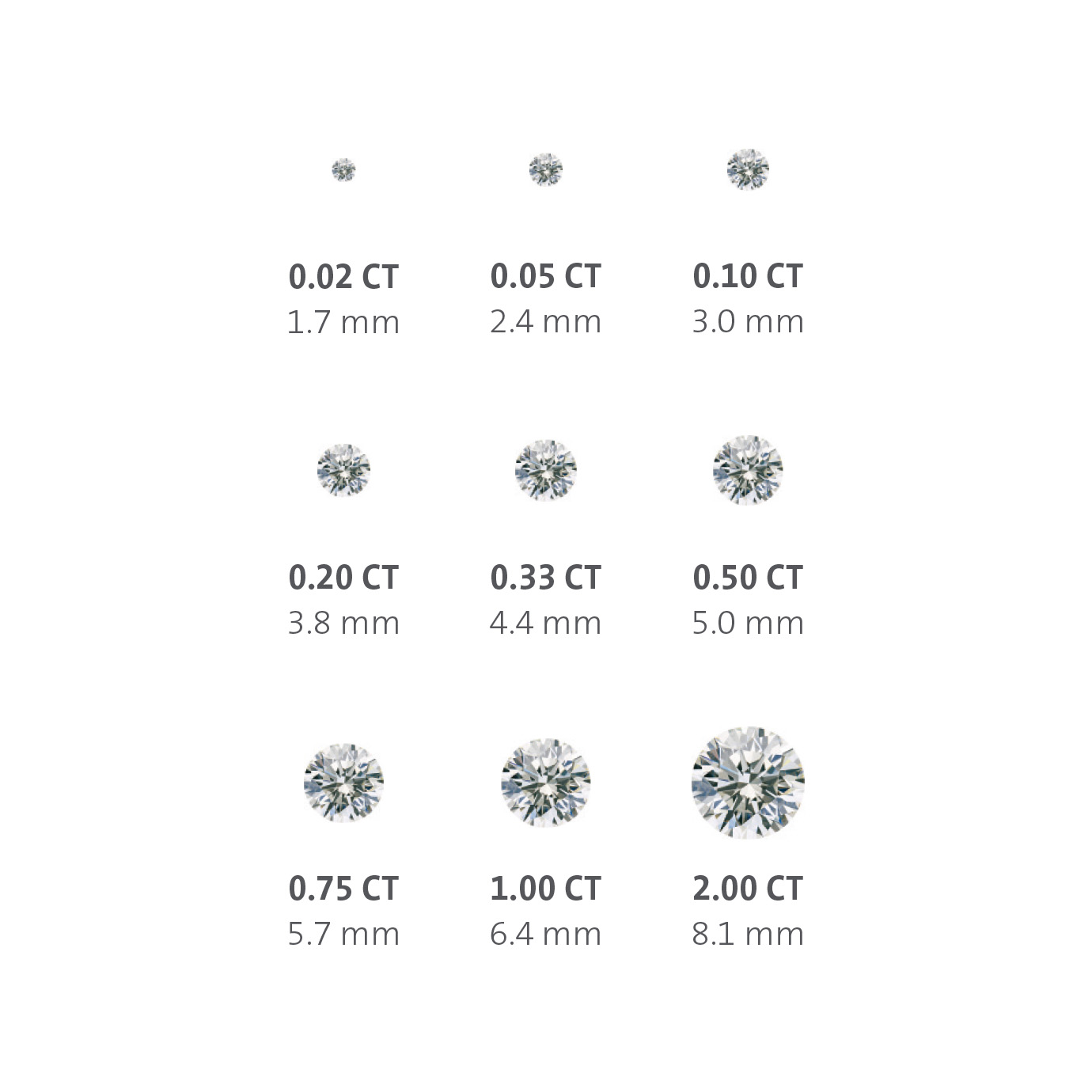
NIESSING DIAMONDS
01. CARAT
Historical background: The term stems from the original unit of weight, the carob seed, or kerátion, in Greek. The average weight of the seed is 0.2 grams, and deviations are only slight. One carat (ct) therefore corresponds to 0.2 grams, and the unit of measure continues to be used today.
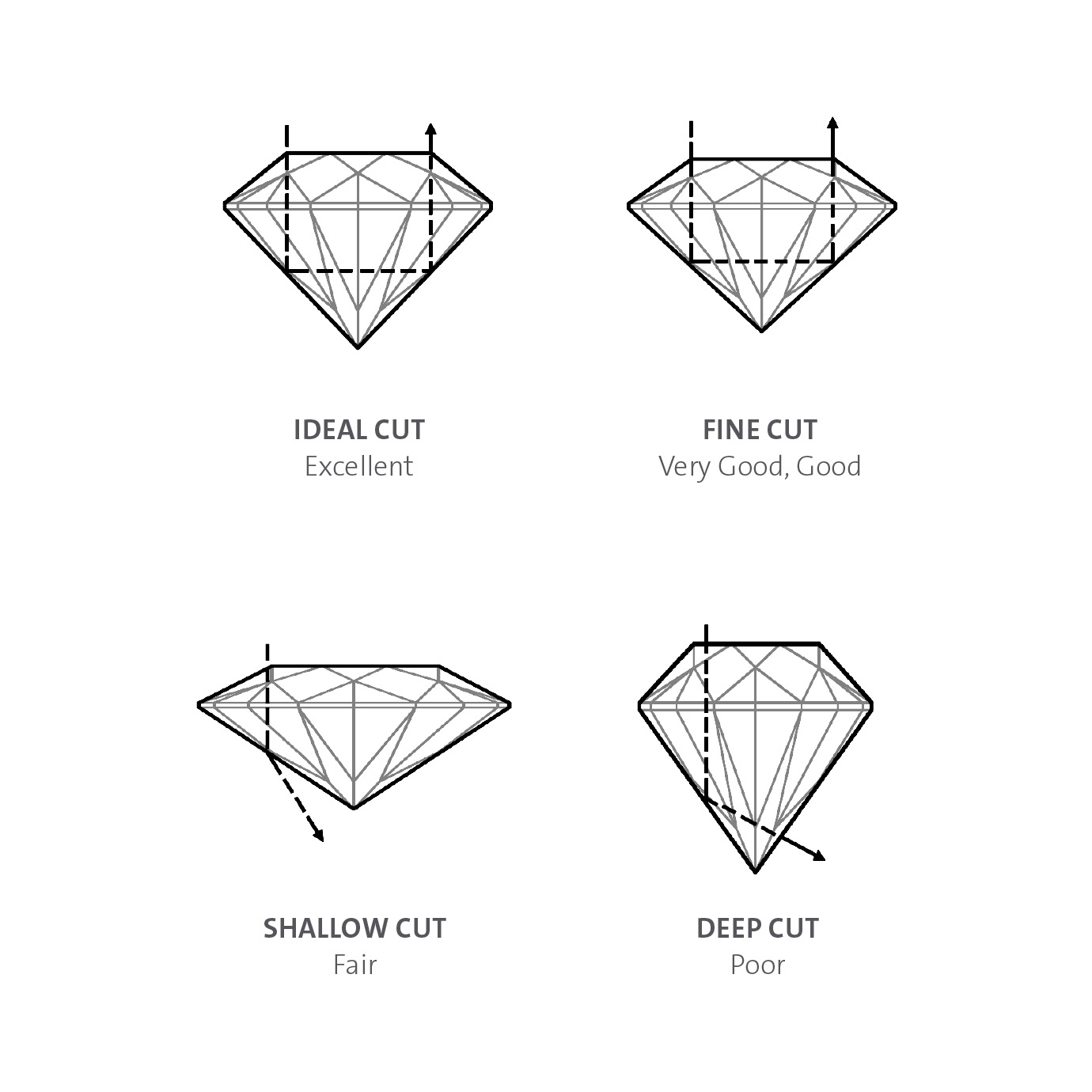
NIESSING DIAMONDS
02. CUT
The cut of a diamond defines its shape and brilliance. Only the perfect cut reveals its typical radiance and turns an unremarkable rough diamond into a gemstone that sparkles...
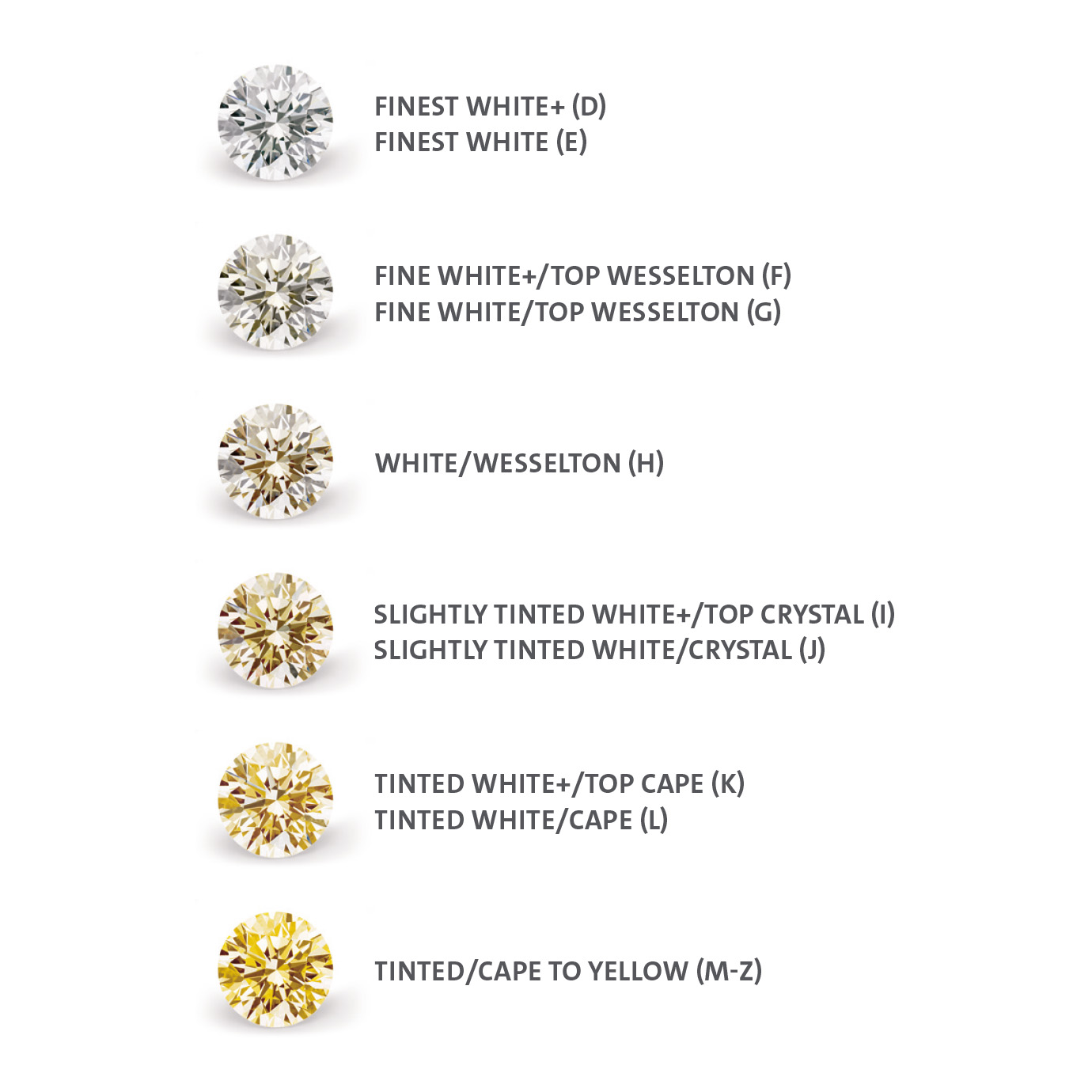
NIESSING DIAMONDS
03. COLOR
In addition to carbon, diamonds nearly always contain tiny traces of other elements that influence their coloring. Experts thereby differentiate between the finest shades of color: they range from diamonds in particularly valuable, "highly fine white" to those that are white or slightly tinted diamonds.
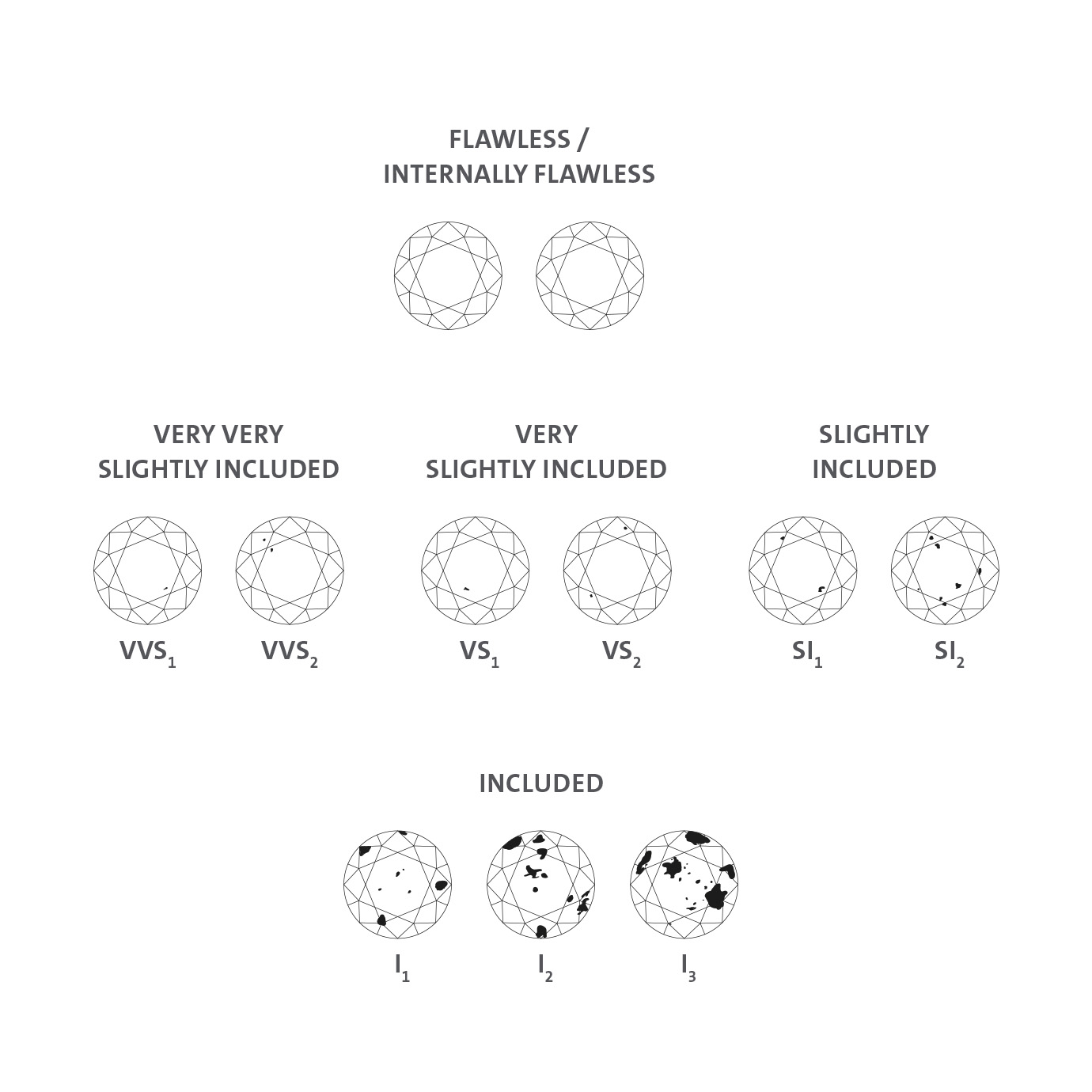
NIESSING DIAMONDS
04. CLARITY
The property of »clarity« describes whether a diamond has inclusions and, if so, how many. Many diamonds show the fingerprints of nature that are contained within them forever. Among these are tiny traces of minerals, fine cracks or growth marks.
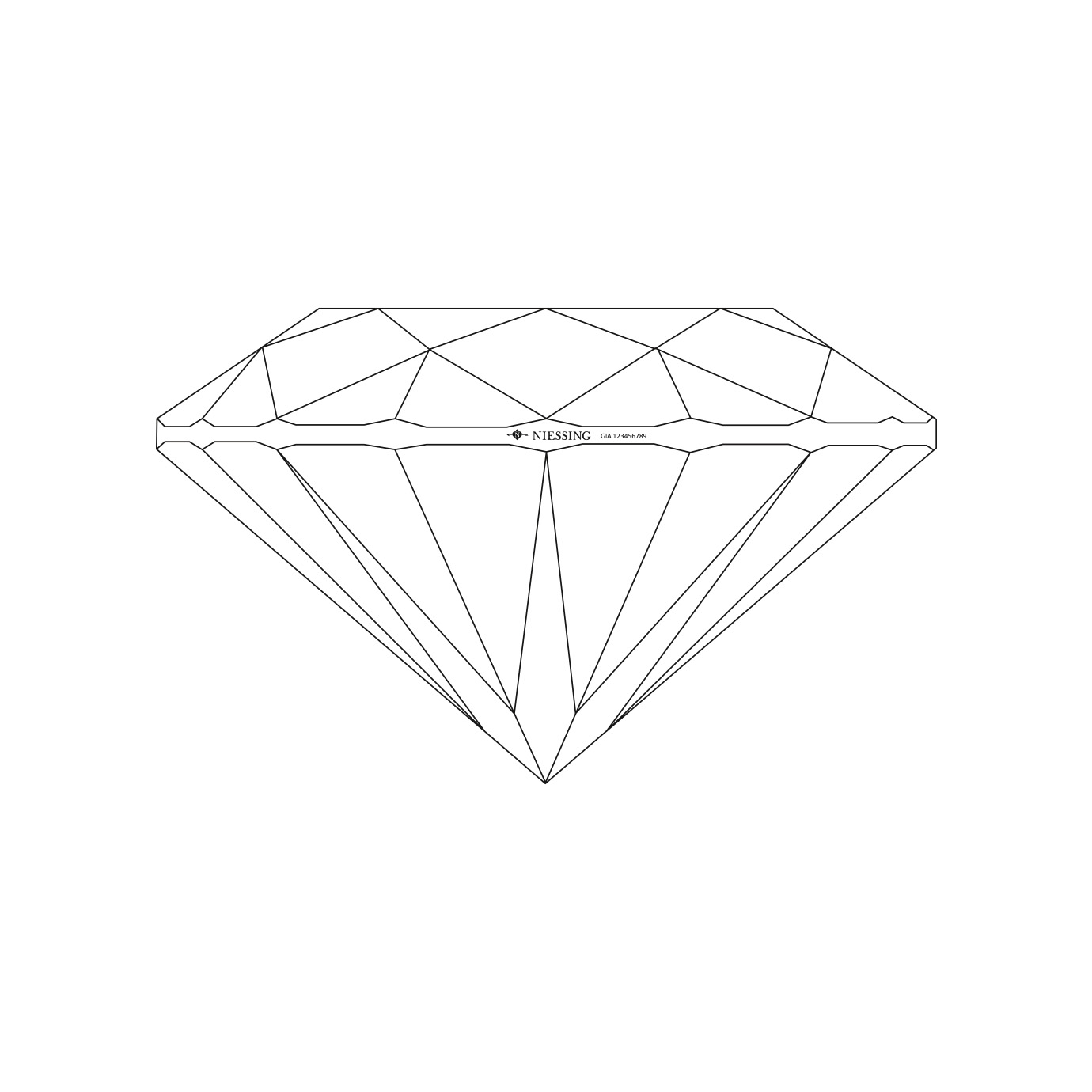
NIESSING DIAMONDS
05. CONFIDENCE
Your confidence in Niessing. We declare that our diamonds are subject to the ‘System of warranties’ of the ‘Kimberley Certificate’, as guaranteed to us by our suppliers. Each diamond is specifically examined by our Niessing diamond experts.
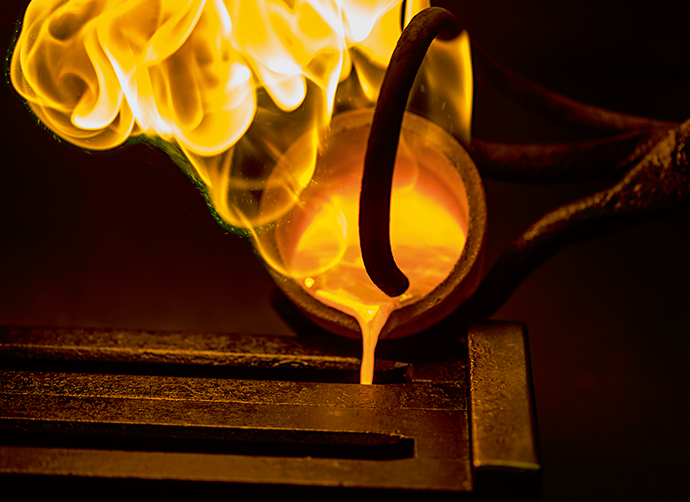
NIESSING MANUFACTORY
MADE BY HAND
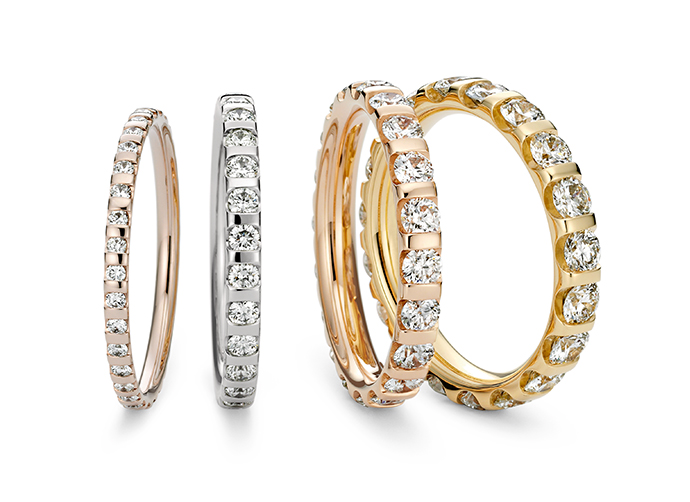
NIESSING COMPANION RINGS
RADIANT COMPANION
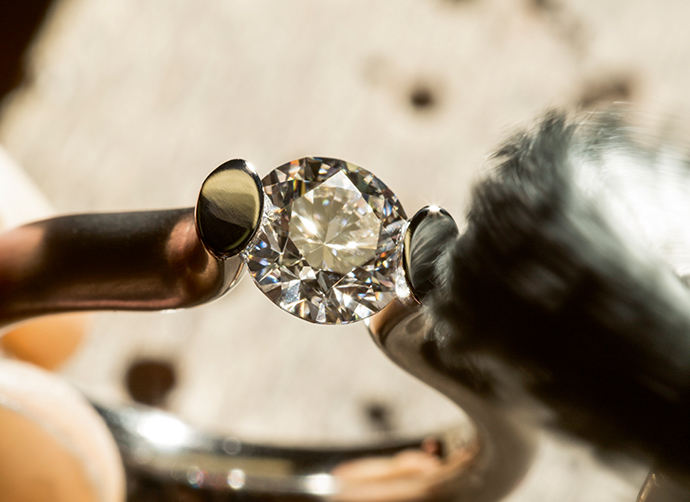
NIESSING SERVICE
AS BEAUTIFUL AS ON THE FIRST DAY
